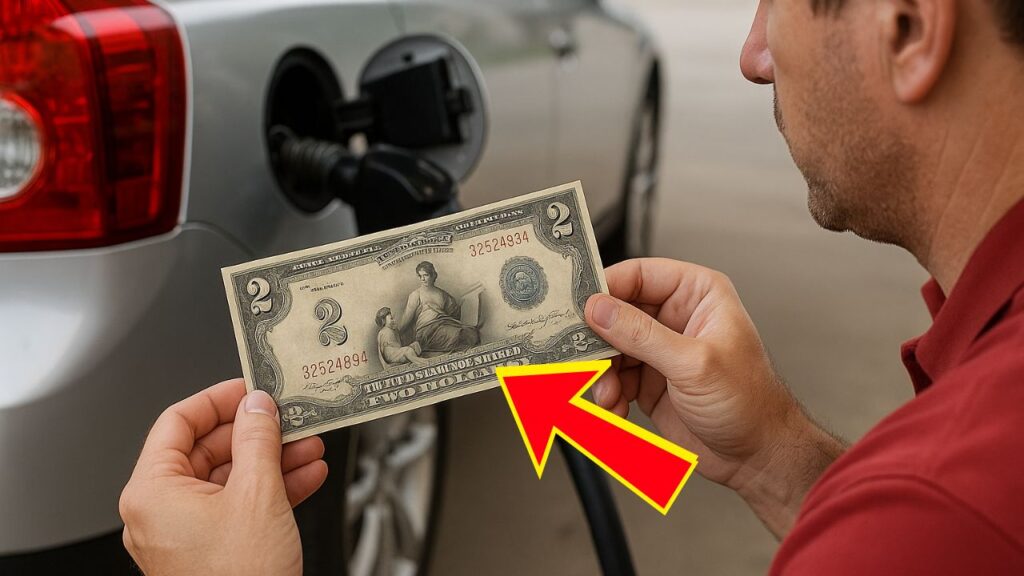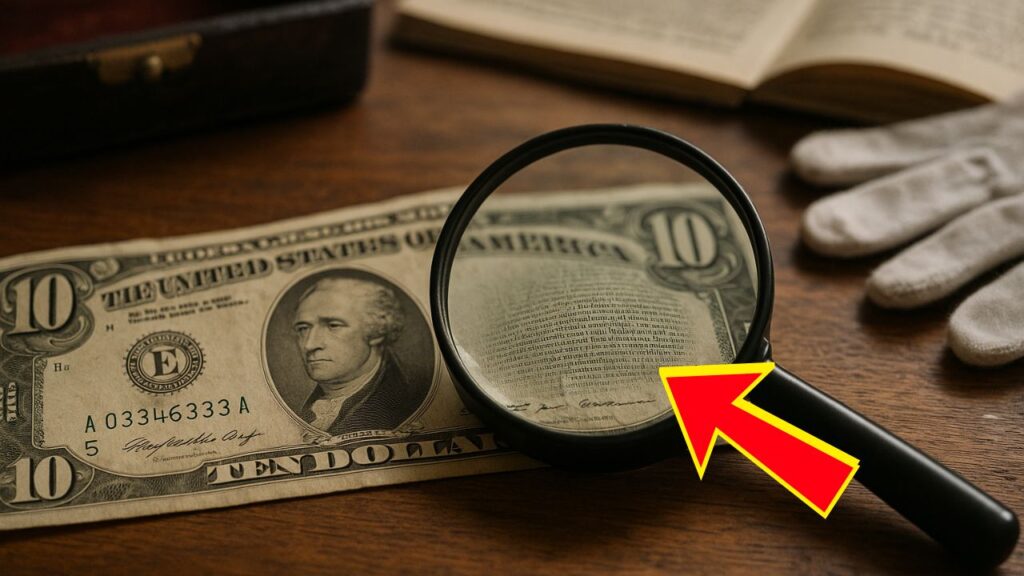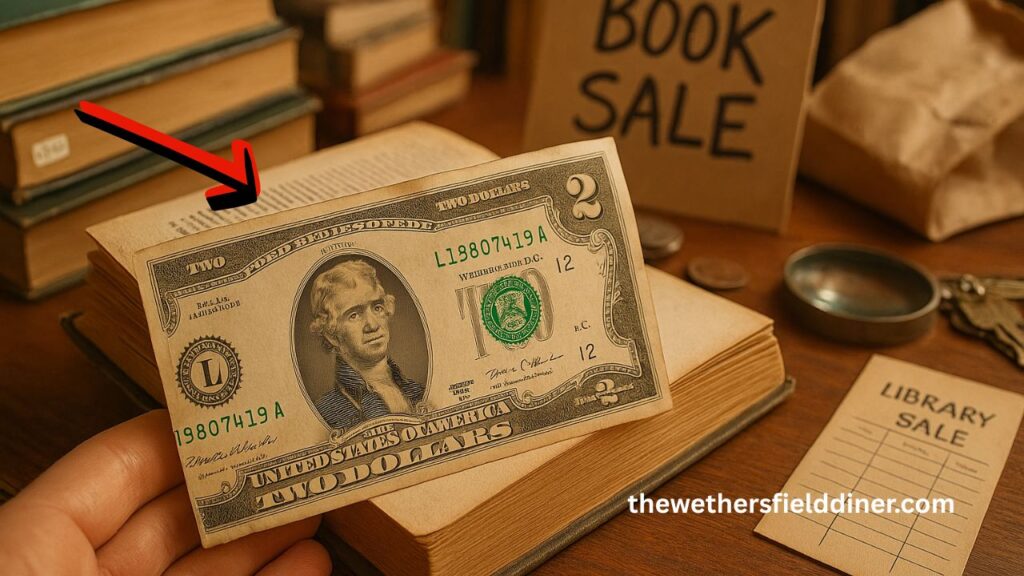In a remarkable twist of fate, a seemingly ordinary $2 bill found at a gas station has been appraised at an astonishing $2.612 million. This discovery has captivated collectors and enthusiasts alike, shedding light on the hidden treasures that can be found in everyday transactions.
Let’s delve into the details of this rare find and understand what makes certain currency notes so valuable.
The Unveiling of a Hidden Treasure
Discovery at a Texas Gas Station
The journey of this rare $2 bill began in Texas, where an unsuspecting customer received it as change during a routine purchase. Initially, it appeared to be just another note, but upon closer inspection, its unique characteristics became evident.
Auction Outcome
After being authenticated and appraised, the bill was auctioned, fetching a staggering $2.612 million. This sale has set a new benchmark in the world of currency collecting, highlighting the immense value that certain notes can hold.
What Makes This $2 Bill So Valuable?
Several factors contributed to the extraordinary value of this particular $2 bill:
1. Series and Seal
The bill belongs to the 1928B series, a rare issue in the $2 denomination. It features a red seal, which is less common than the green seal found on most other bills.
2. Low Serial Number
The serial number on this bill is 00000001, making it a “star note.” Such low serial numbers are highly sought after by collectors due to their rarity.
3. Printing Error
A misaligned serial number further enhances the bill’s value. Printing errors are uncommon and can significantly increase a note’s worth among collectors.
4. Condition
The bill is in pristine condition, which is crucial for its high valuation. Well-preserved notes are more desirable and command higher prices in the market.
Historical Context of the $2 Bill
The $2 bill has a rich history in American currency:
- Introduction: First issued in 1862, the $2 bill has seen various designs and series over the years.
- 1928 Series: The 1928 series marked a significant design change, featuring a portrait of Thomas Jefferson and a vignette of the signing of the Declaration of Independence.
- Red Seal Notes: Red seal notes, like the 1928B series, were issued as United States Notes and are less common than their green-seal counterparts.
How to Identify Valuable $2 Bills
If you’re curious about the potential value of your own $2 bills, consider the following factors:
| Feature | Description |
|---|---|
| Series Year | Older series, especially pre-1950s, are more valuable. |
| Seal Color | Red seals are rarer and more sought after than green seals. |
| Serial Number | Low numbers (e.g., 00000001), repeating digits, or star notes are prized. |
| Printing Errors | Misprints or misalignments can significantly increase value. |
| Condition | Uncirculated or well-preserved notes are more valuable. |
This extraordinary discovery underscores the importance of paying attention to the details in everyday life. What may seem like a routine transaction can sometimes lead to uncovering hidden treasures. For collectors and enthusiasts, it serves as a reminder that valuable items can be found in the most unexpected places. Always examine your currency carefully; you never know when you might hold a piece of history worth millions.
FAQs
Are all $2 bills valuable?
No, most $2 bills are worth their face value. However, certain series, serial numbers, and conditions can make them highly valuable.
What is a star note?
A star note is a replacement bill issued when a printing error occurs. These notes are rarer and often more valuable.
How can I determine the value of my $2 bill?
Factors such as the series year, seal color, serial number, printing errors, and condition all play a role in determining a bill’s value. Consulting with a currency expert or using online resources can provide more insight.


